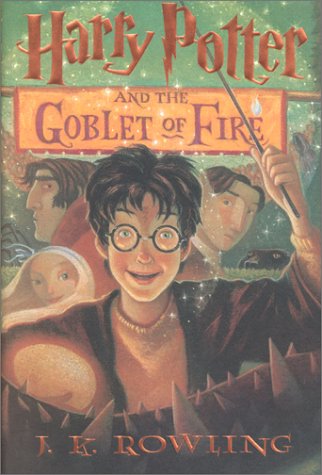The Environmental Impact In an intriguing study of the environmental impact of online business, H. Scott Matthews, Chris T. Hendrickson, and Lester Lave used the publication of Harry Potter and the Goblet of Fire as a vehicle for assessing the various ways in which e-commerce can affect the environment. For example, they considered the potential "material environmental savings" of shipping 250,000 copies of the book directly to individual customers rather than to bookstores, noting that such a method of delivery bypassed several steps in the supply chain that would require various amounts of energy. However, they also note that most of these 250,000 copies were shipped singly – that is, in separate packages, each of which used approximately .4 kilograms of packaging material (22). Even if only half of these copies were shipped in such separate packages, this promotion would have generated approximately 55 tons of packaging, much of which presumably would end up in a landfill.
In an intriguing study of the environmental impact of online business, H. Scott Matthews, Chris T. Hendrickson, and Lester Lave used the publication of Harry Potter and the Goblet of Fire as a vehicle for assessing the various ways in which e-commerce can affect the environment. For example, they considered the potential "material environmental savings" of shipping 250,000 copies of the book directly to individual customers rather than to bookstores, noting that such a method of delivery bypassed several steps in the supply chain that would require various amounts of energy. However, they also note that most of these 250,000 copies were shipped singly – that is, in separate packages, each of which used approximately .4 kilograms of packaging material (22). Even if only half of these copies were shipped in such separate packages, this promotion would have generated approximately 55 tons of packaging, much of which presumably would end up in a landfill.
Matthews, Hendrickson, and Lave also note that "per ton-mile, air transit [. . .] uses five times as much fuel" as trucking (22). They don't estimate how many tons of carbon monoxide were released into the atmosphere as a result of these deliveries, but a comprehensive accounting for the environmental impact of this promotion would have to include such factors as well. They conclude, "While Harry Potter cannot be branded as the primary contributor to global climate change, the net [environmental] effect of current e-commerce systems is unclear" (22).
Whatever the environmental impact of e-commerce, the point here is that literacy must be understood in material terms and taken into account in any effort to address this crisis.